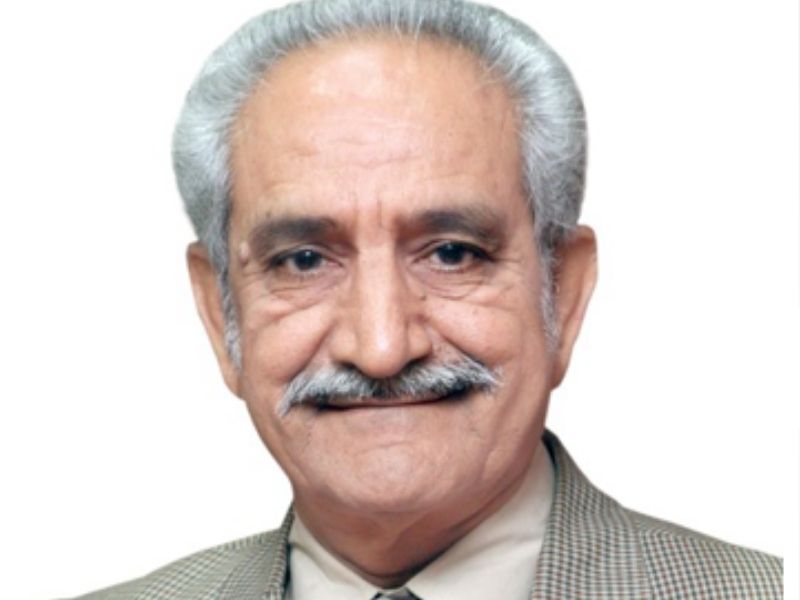
One of the major drawbacks of India’s school education system is its over-emphasis on classroom learning. Excessive focus on formal instruction persists despite widespread awareness within parent and teacher communities that what we learn in school is soon forgotten, while a great deal of significant learning takes place outside structured classrooms. For instance perspectives, attitudes, values and numerous skills and character traits are assimilated by children in early childhood through a process of osmosis as they observe family members, teachers and peers.
Learning is an extensive and complex process, a palimpsest where layers of knowledge get imprinted without older ones being erased. It includes cognitive, moral, emotional, ethical, spiritual and aesthetic knowledge absorption from human experience and wisdom passed down from generation to generation. It encompasses diverse processes — cultural sophistication, etiquette, manners, behavioural and other societal norms — all of which lead to the growth and development of human beings. Our larger environments and interests provide opportunities to learn and grow.
Homo sapiens have been learning from different situations through the ages. For instance for early man, survival was a struggle. He learned to find shelter in caves to protect himself from the fury of nature and wild animals. He learned the benefits of living in communities and working co-operatively. For this, communication was necessary, so he gradually built language from grunts, gestures and primitive sound combinations. He started to build mud houses and shape tools from stone and wood. Also, from time immemorial, apprenticeship, i.e observation and absorption of skills by living in the environment of a profession, developed into skilled craftsmen’s communities. The present day practice of internship for medical practitioners, business management students and chartered accountants flows from these ancient traditions.
My experience of dealing with thousands of students has led me to the conclusion that by setting seemingly impossible challenges, teachers can stimulate children to think creatively and innovatively. Learning is prompted by setting calibrated challenges: if the bar is set too low, students won’t learn; if it is set too high, they may be overwhelmed and give up. Moreover all through human history, experience and experimentation have advanced learning. Experiments which provide beneficial outcomes are retained and failed ones are discarded.
Indeed, real learning is achieved with directed exploration, experimentation and observation, and through the encouragement of reflection in students. The best way to stimulate learning is by igniting every child’s innate desire to learn and grow. In this context, it’s pertinent to note that Nobel laureate Rabindranath Tagore did not attend formal school. He was a self-taught individual who learnt all he needed to learn in his father’s library.
Curiosity is inborn in human beings. A newborn begins to make sense of the world to satisfy this instinct. A sense of wonder and curiosity to learn opens up daily opportunities to explore the environment and natural phenomena. When, why, where, what, who and how are the best teachers of mankind. Curiosity has also led our species to develop greater awareness of the world around us resulting in reduction of cultural prejudices, and deeper engagement with our environment. It must be borne in mind that man is never satisfied with the status quo, and always wishes to better himself in his chosen field of endeavour be it physical endurance, philosophy, spirituality or science.
Surely, all teachers are aware that children can be incentivised to learn. In the workplace, people are ready to learn if there is a monetary reward or promotion. Likewise, encouragement of travel and tourism is a great incentive for students to learn and grow cognitively and culturally, as they learn from advances in society, culture, administration and governance from other countries.
Therefore it’s important for teachers to learn not to come down too hard on students who fail academically, or in co-curricular or extra-curricular activities, because in the pursuit of learning there are bound to be setbacks. No human being has ever led a failure-free life. Failure, rejection and despondence are inevitable and even those who have risen high in their careers and professions have experienced them. Abraham Lincoln went through a series of setbacks before he was elected President of the United States of America. But rather than allowing his failures and mistakes to depress and discourage him, he learned from them and went on to industrialise and unite America even though he had to declare a protracted civil war to do so.
Unlimited potential for learning is embedded in the species homo sapiens and given stimulating and enabling environments, students can transform into life-long learners. Our job as teachers is to create stimulating learning environments inside and outside classrooms and unlock the full potential of our students. That is the teacher’s challenge, and fulfillment.
(S.C. Arora is vice-chairman Lotus Valley International School, Noida)



























